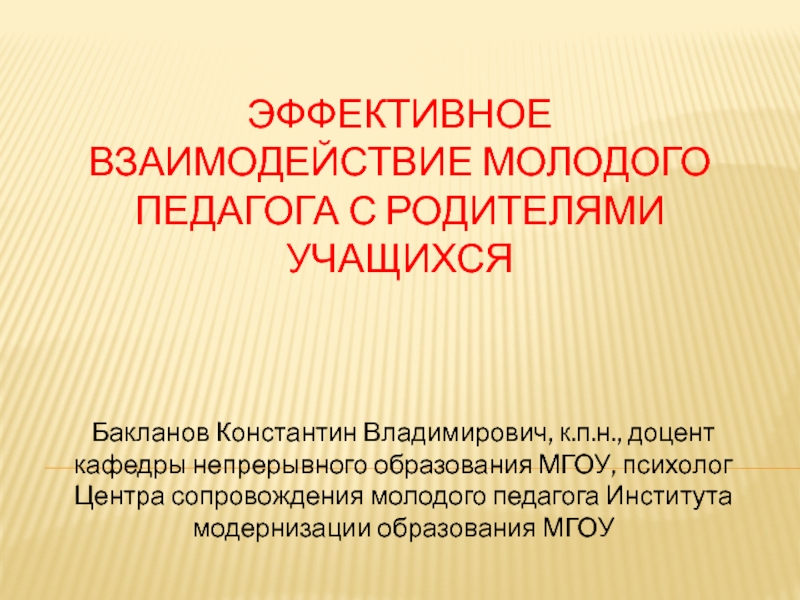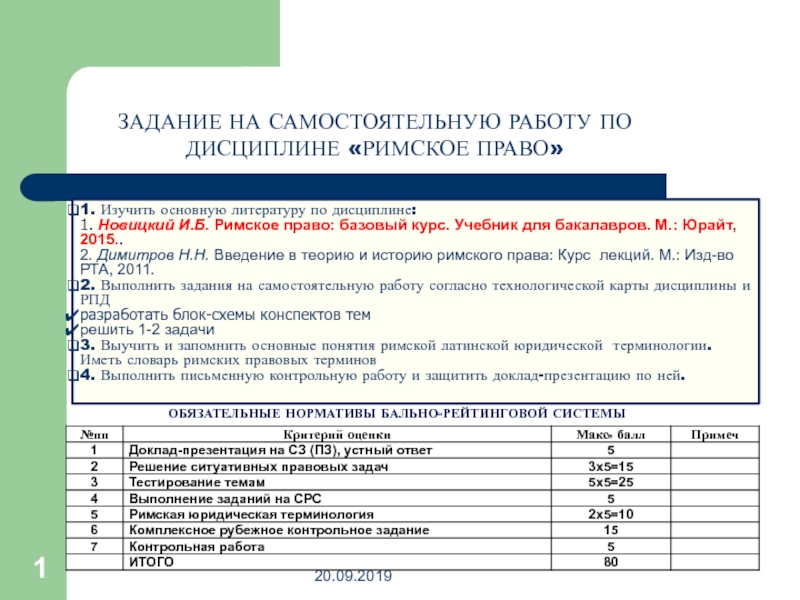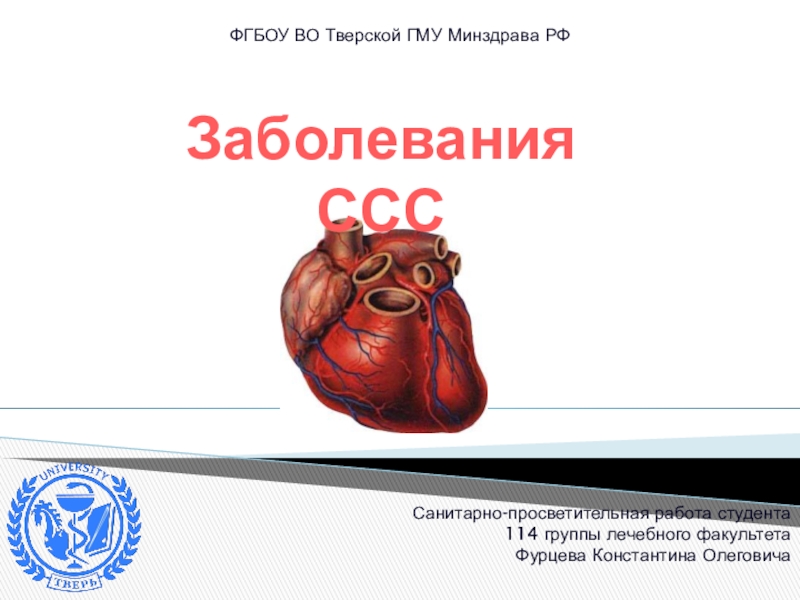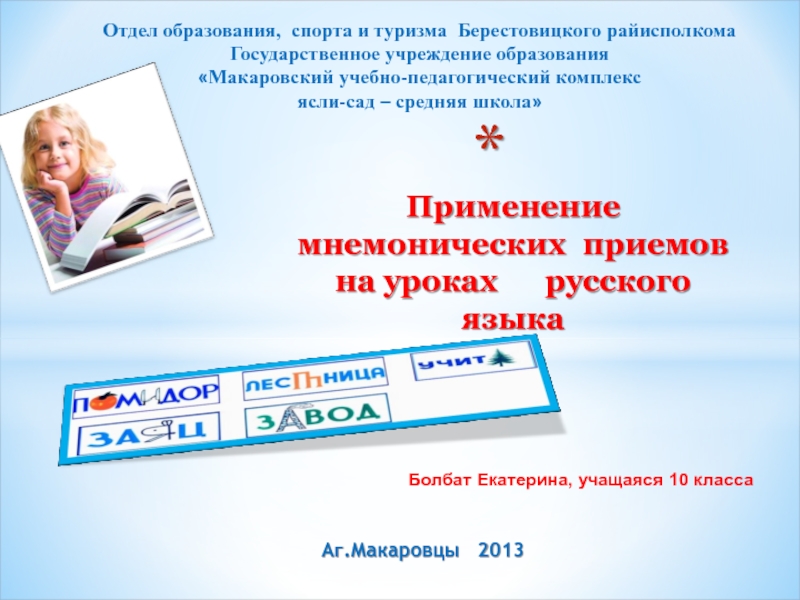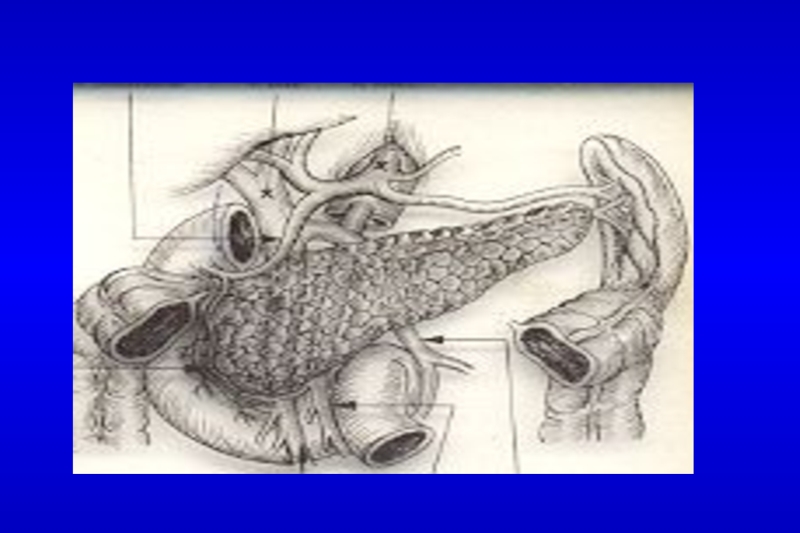Разделы презентаций
- Разное
- Английский язык
- Астрономия
- Алгебра
- Биология
- География
- Геометрия
- Детские презентации
- Информатика
- История
- Литература
- Математика
- Медицина
- Менеджмент
- Музыка
- МХК
- Немецкий язык
- ОБЖ
- Обществознание
- Окружающий мир
- Педагогика
- Русский язык
- Технология
- Физика
- Философия
- Химия
- Шаблоны, картинки для презентаций
- Экология
- Экономика
- Юриспруденция
Lecture 5. Word-formation
Содержание
- 1. Lecture 5. Word-formation
- 2. Outline of the lecture:Definition of the word-formationAffixationConversionCompositionShortening (clipping, abbreviation, blending)
- 3. 1. Word-Formation is the system of derivative
- 4. 2. Affixation is the productive process of
- 5. Affixes can be added to the following
- 6. semi-affixes Such affixes of the English voc-ry
- 7. 3. Conversion is a productive way of
- 8. Verbs can have different meanings:a) verbs have
- 9. c) verbs can denote acquisition, addition or
- 10. Converted nouns can denote: a) instant of
- 11. 4. Composition (compounding) is the way of
- 12. According to their structure compounds are subdivided
- 13. 5. Shortening Clipping is the reduction
- 14. Abbreviation is the process and the result
- 15. Blending is the method of merging parts
- 16. Скачать презентанцию
Outline of the lecture:Definition of the word-formationAffixationConversionCompositionShortening (clipping, abbreviation, blending)
Слайды и текст этой презентации
Слайд 2Outline of the lecture:
Definition of the word-formation
Affixation
Conversion
Composition
Shortening (clipping, abbreviation, blending)
Слайд 42. Affixation
is the productive process of forming a new
word by adding a derivational affix to the root stem
of a word(ex., object - objection).
Derivative: (ex., dis+continue)
Compound derivative: (ex., un+selfconscious)
Слайд 5Affixes can be added to the following types of stems:
root-stems
(unkind, hopeful)
derived (childishly)
compound (nightmarish)
compound-derived (absentmindedness)
abbreviated (hubby = husband - муженек)
phrase
stems (out-of-towner)Слайд 6semi-affixes
Such affixes of the English voc-ry occurring as independent
words (man, berry, like, proof, land) have been very frequently
used as second elements of words.“man”
(ex., gentleman, seaman, fireman)
Слайд 73. Conversion
is a productive way of coining a new
word by changing the paradigm and distribution of the original
word without transforming its morphemic shape.Слайд 8Verbs can have different meanings:
a) verbs have instrumental meaning if
they are formed from nouns denoting parts of a human
body (e.g. to eye, to finger, to shoulder), from nouns denoting tools, machines, instruments, weapons, (e.g. to hammer, to machine-gun, to nail),b) verbs can denote an action characteristic of the living being, e.g. to crowd, to wolf,
Слайд 9c) verbs can denote acquisition, addition or deprivation,
e.g. to
fish, to dust, to peel, to paper,
d) verbs can denote
an action performed at the place, e.g. to park, to garage, to bottle, to corner, to pocket,
e) verbs can denote an action performed at the time,
e.g. to winter, to week-end.
Слайд 10Converted nouns can denote:
a) instant of an action, e.g.
a jump, a move,
b) process or state, e.g. sleep, walk,
c)
agent of the action, e.g. a help, a flirt, a scold,d) object or result of the action, e.g. a burn, a find, a purchase,
e) place of the action, e.g. a drive, a stop, a walk.
Слайд 114. Composition (compounding)
is the way of word building when
a word is formed by joining two or more stems
to form one word.CLASSIFICATIONS OF ENGLISH COMPOUNDS
1. According to the way components are joined together compounds are divided into:
a) neutral, e.g. ball-point, to windowshop,
b) morphological, e.g. («astrospace», «handicraft», «sportsman»),
c) syntactical, e.g. here-and-now, free-for-all., do-or-die.
Слайд 12According to their structure compounds are subdivided into:
a) compound words
proper, e.g. to job-hunt, train-sick, go-go, tip-top,
b) derivational compounds, e.g.
ear-minded, hydro-skimmer,c) compound words, e.g. cornflower-blue, eggshell-thin, singer-songwriter,
d) compound-shortened words, e.g. boatel, tourmobile, VJ-day, motocross, intervision, Eurodollar, Camford.
Слайд 135. Shortening
Clipping
is the reduction of a word to
one or several syllables as a result of which the
new form acquires some linguistic value of its own.According to whether it is initial, middle or final part of the word that is cut off we distinguish:
initial clipping or aphaeresis
(phone – telephone, cello from violoncello)
medial clipping or syncope
(maths from mathematics, specs from spectacles)
final clipping or apocope
(ad from advertisement, coke from Coca-cola)
words that have been clipped both at the beginning and at the end (flu from influenza, fridge from refrigerator).
Слайд 14Abbreviation
is the process and the result of forming a
word out of the initial elements of a word-combination.
Types:
acronyms (ex., laser - light amplification by stimulated emission of radiation),
initial abbreviation (ex., SOS – save our souls, BBC _ British Broadcast Corporation),
a shortened form of a written word (ex., smth, sb, adj.),
Latin abbreviations (a.m. – lat. Ante Meridiem, до полудня, i.e. – lat. Id est – that is),
initial abbreviation combined with a whole word (ex., A-bomb – atomic bomb).
Слайд 15Blending
is the method of merging parts of words into
one new word.
types of blends:
additive blend which is transformable
into a phrase consisting of the respective non-clipped stems combined by the conjunction “and” (ex., brunch – breakfast and lunch, smaze – smoke and haze),restrictive blend which is transformable into an attributive phrase with the 1st element serving as modifier of the second (ex., telecast – television broadcast).
Blends may be formed by:
combining non-clipped stems (ex., cinemactress: cinema + actress),
combining clipped stems (ex., spam: spiced ham),
overlapping clipped stems (ex., smog: smoke + fog).
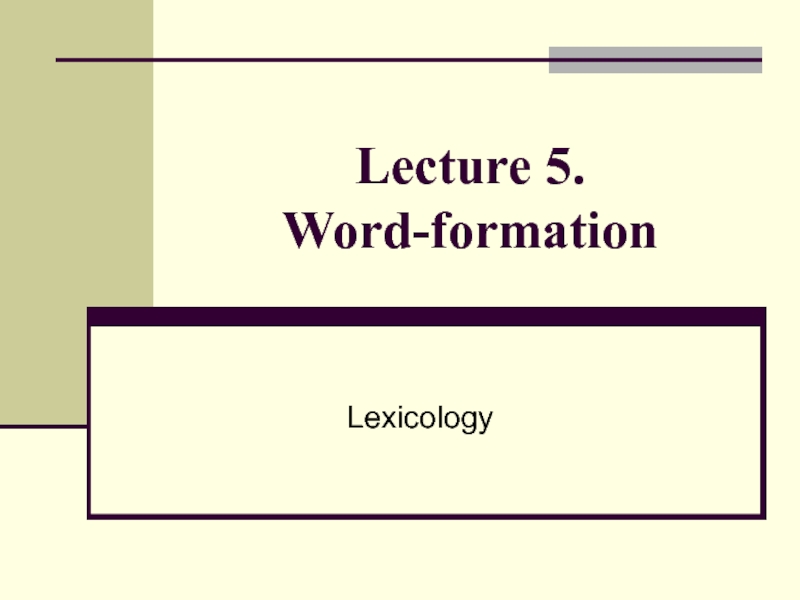
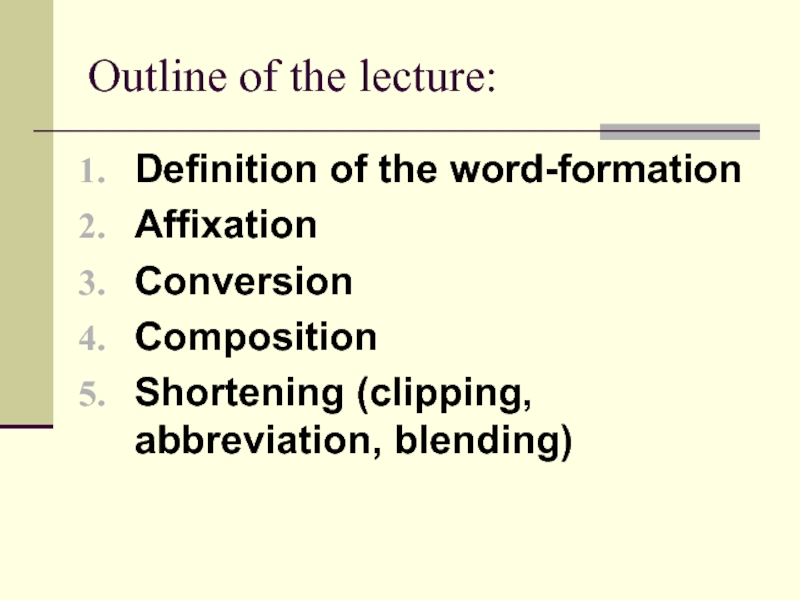
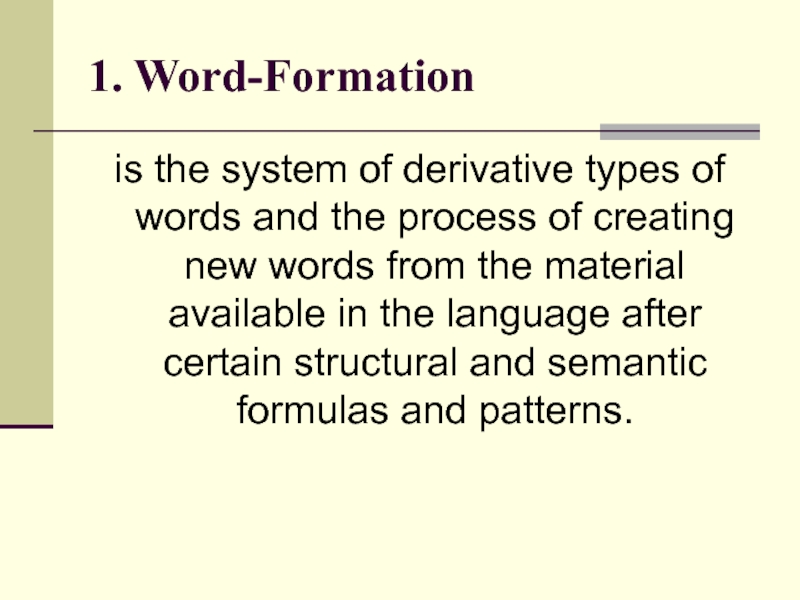
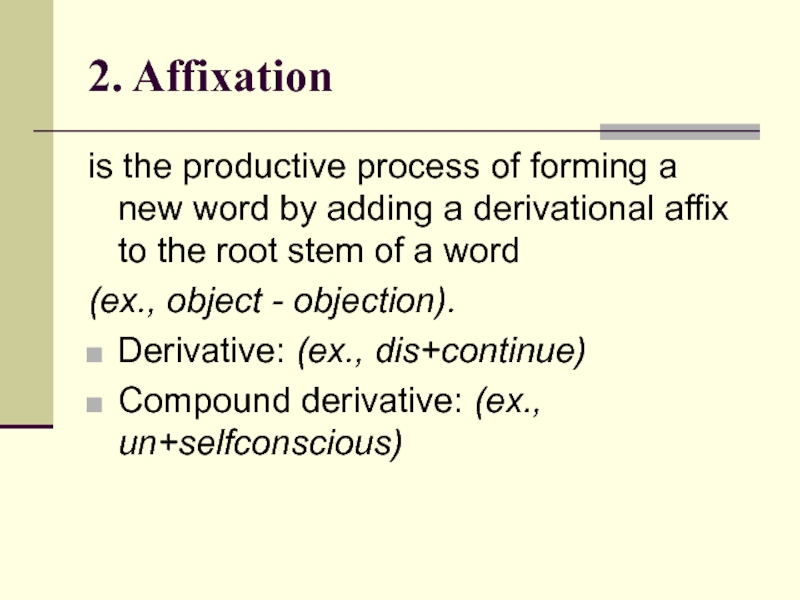
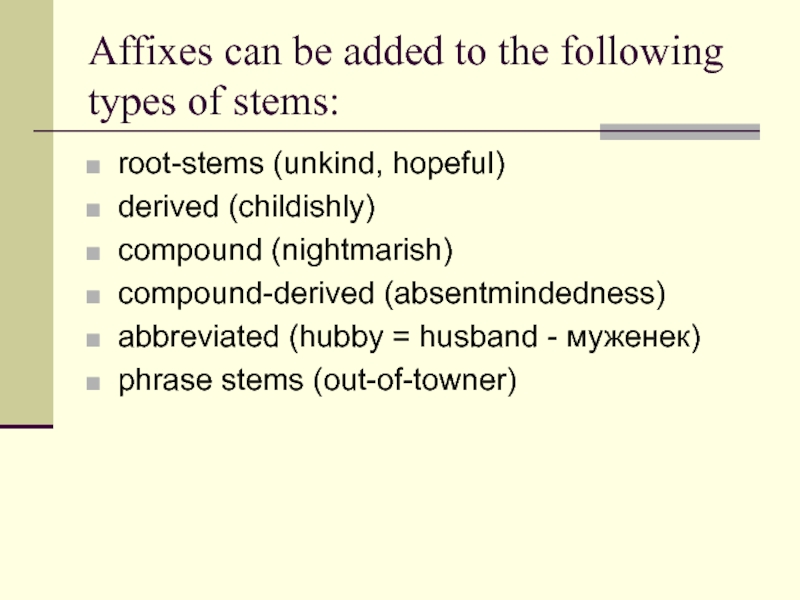
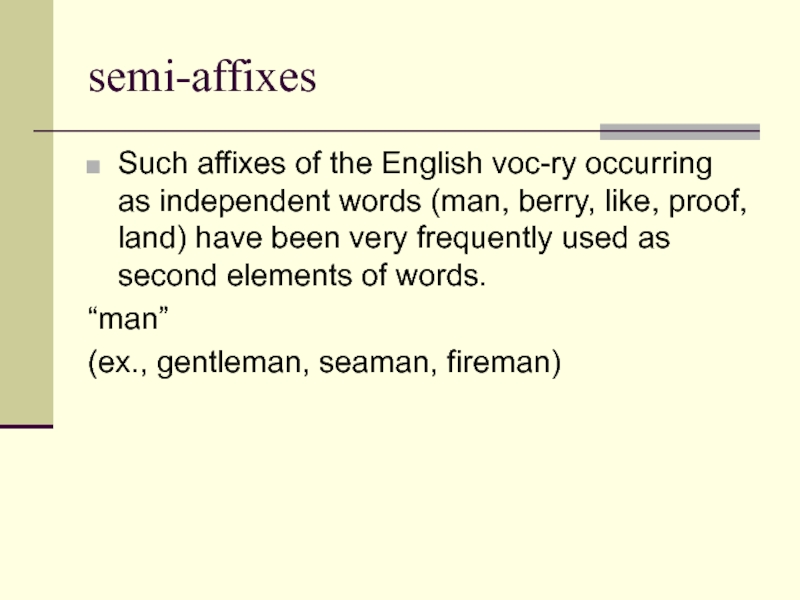
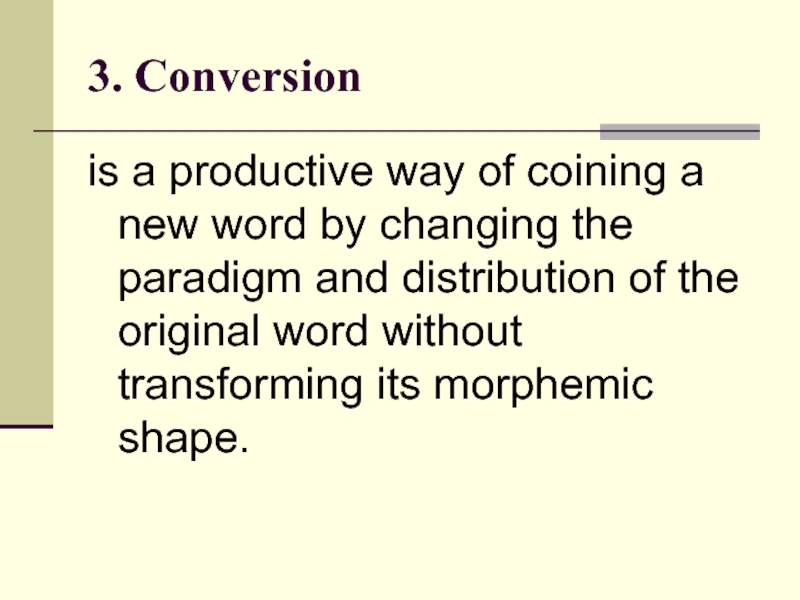
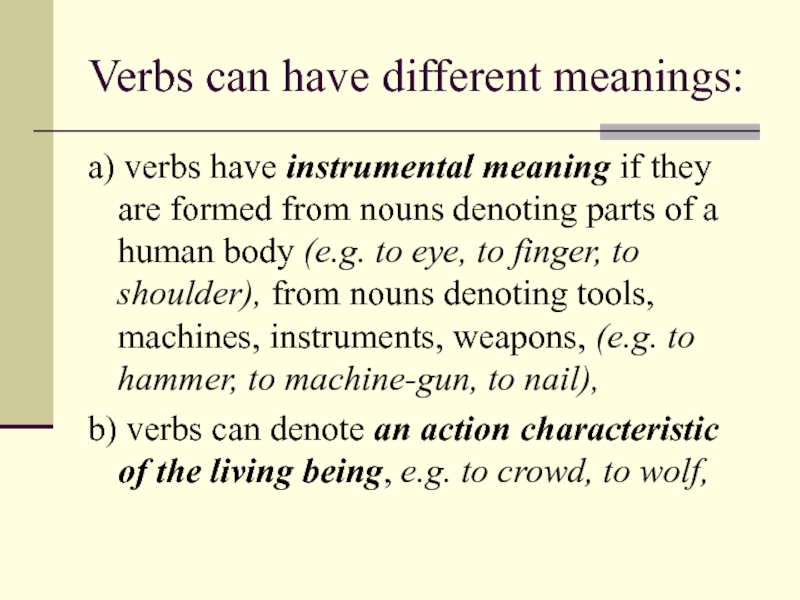
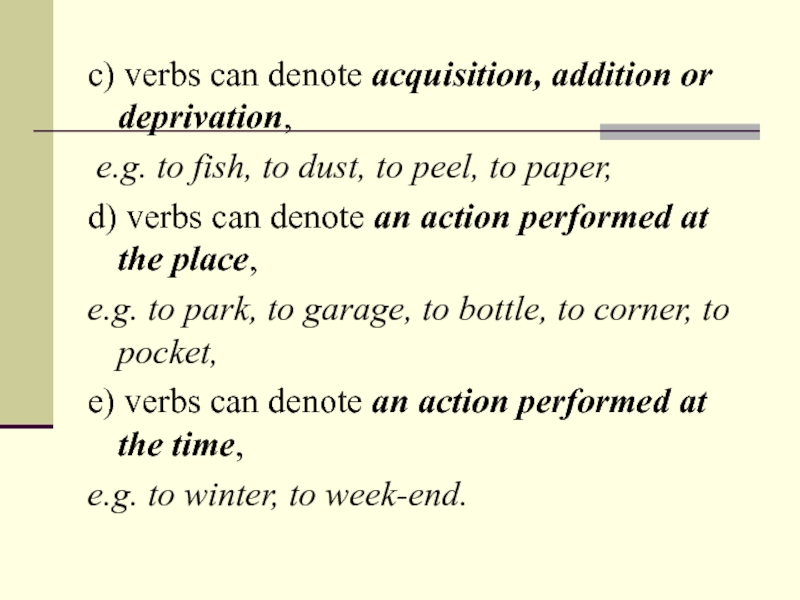
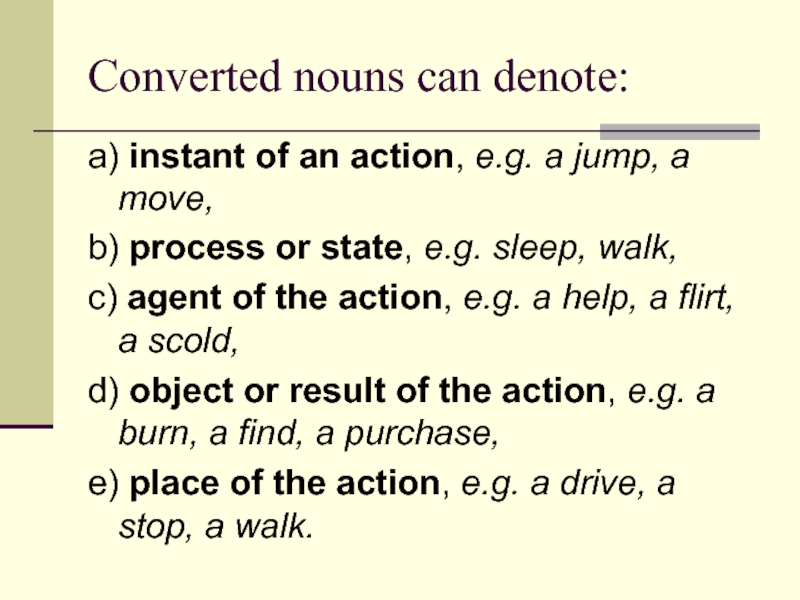
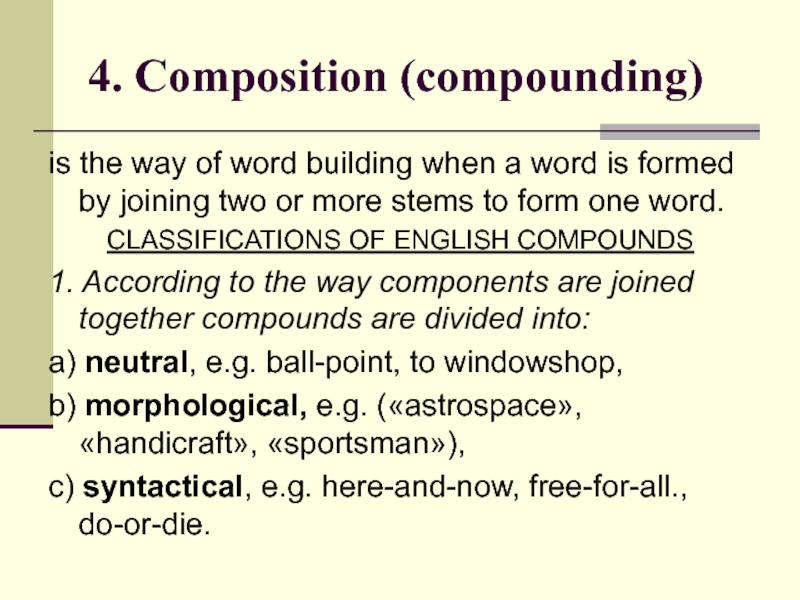
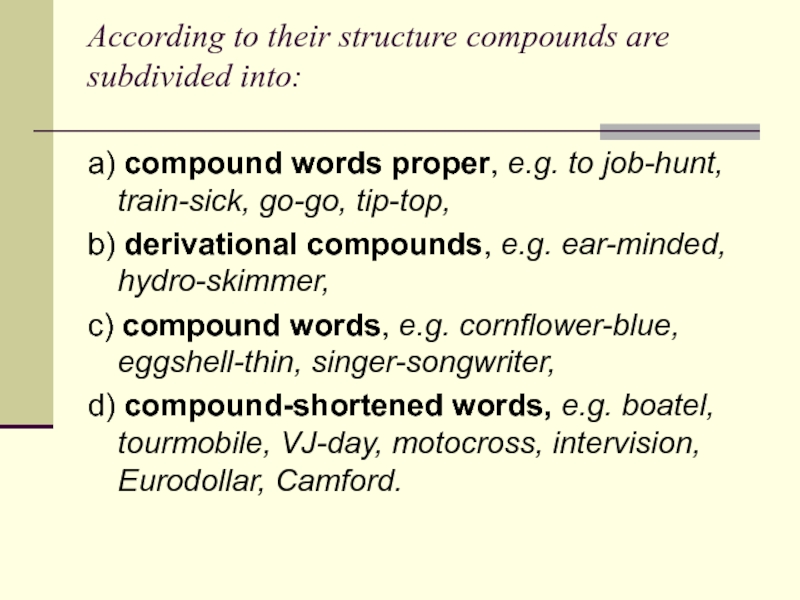
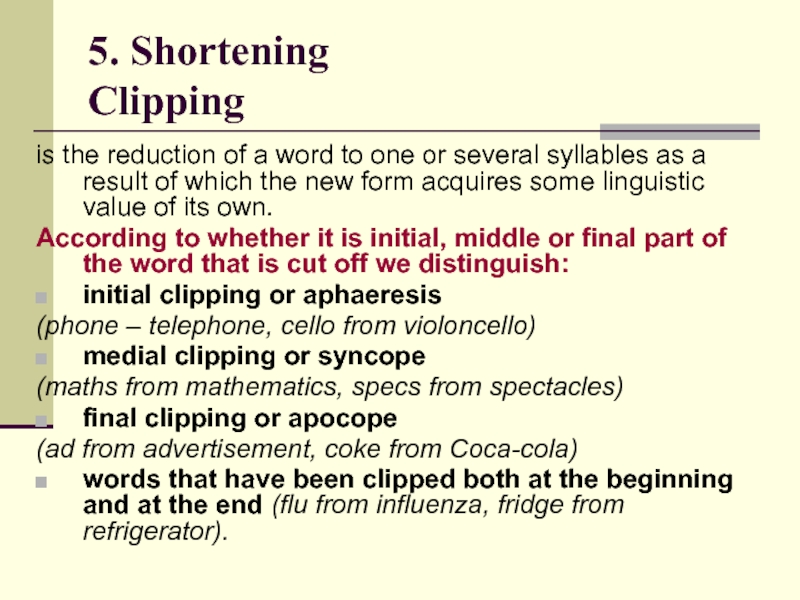
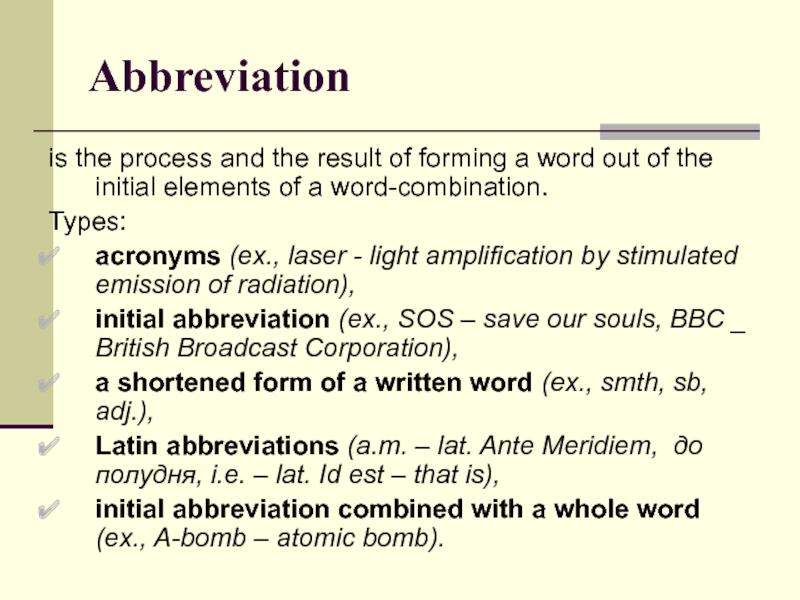
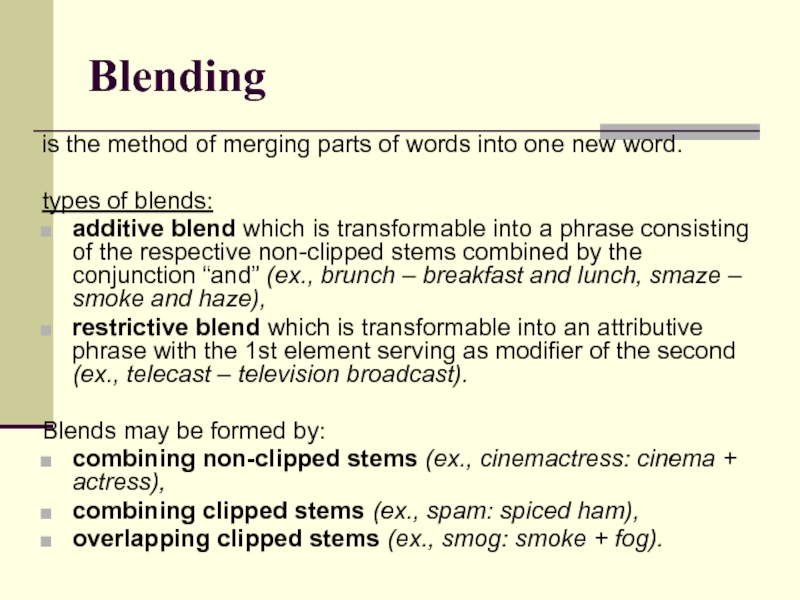


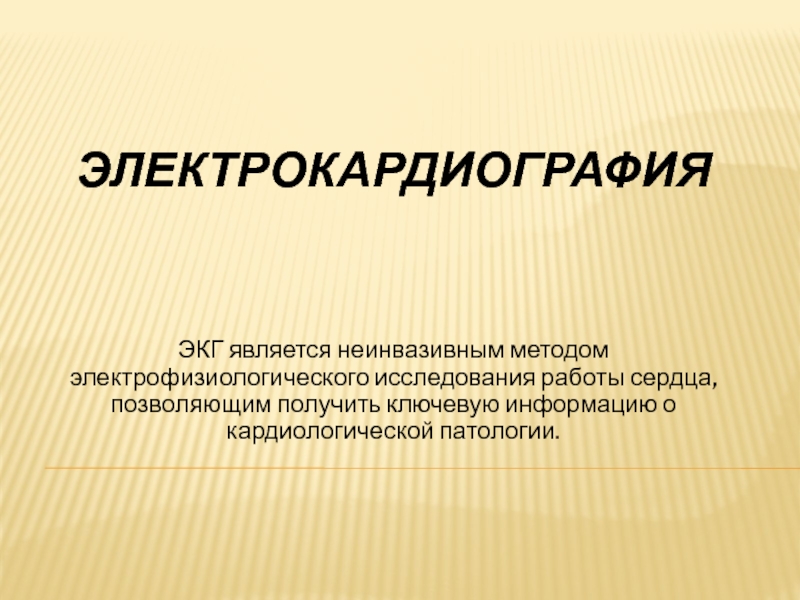



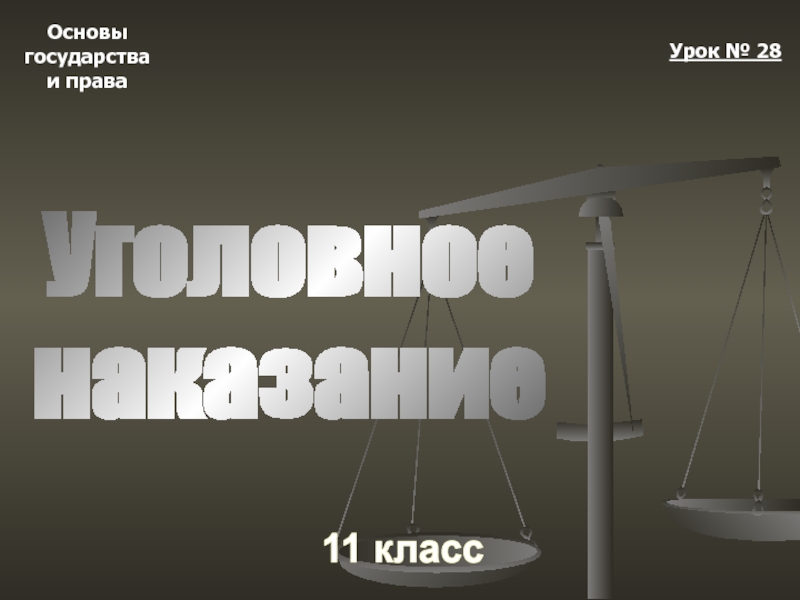
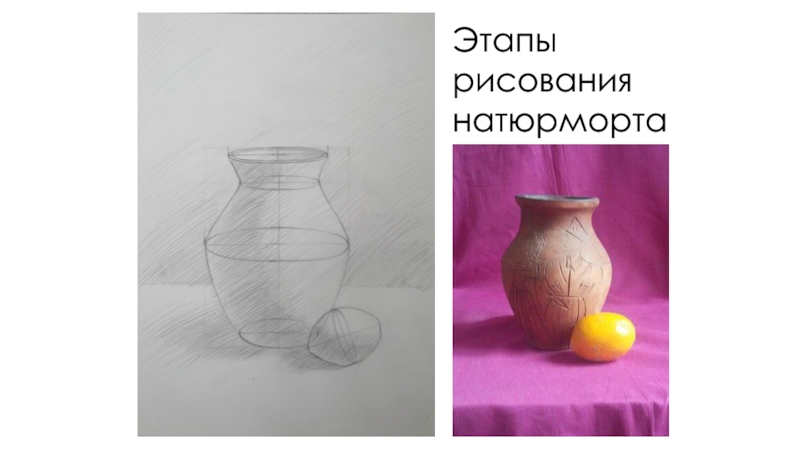
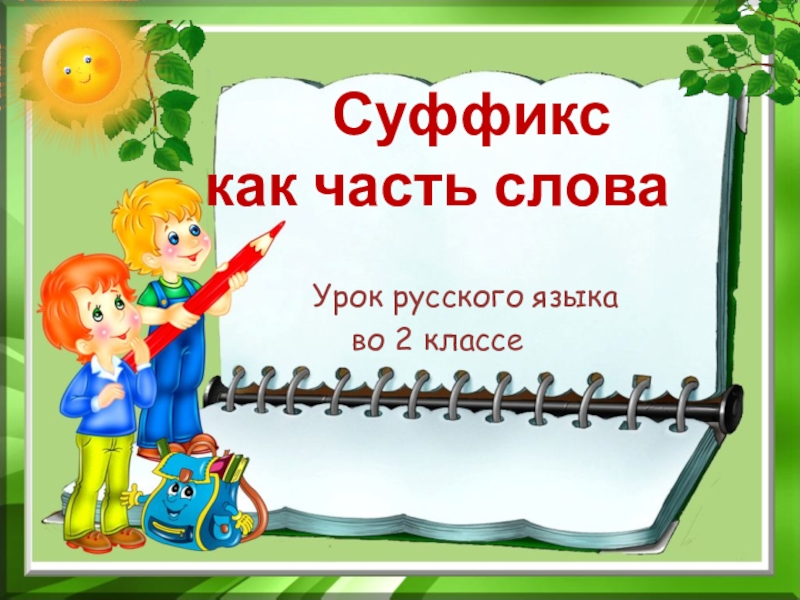
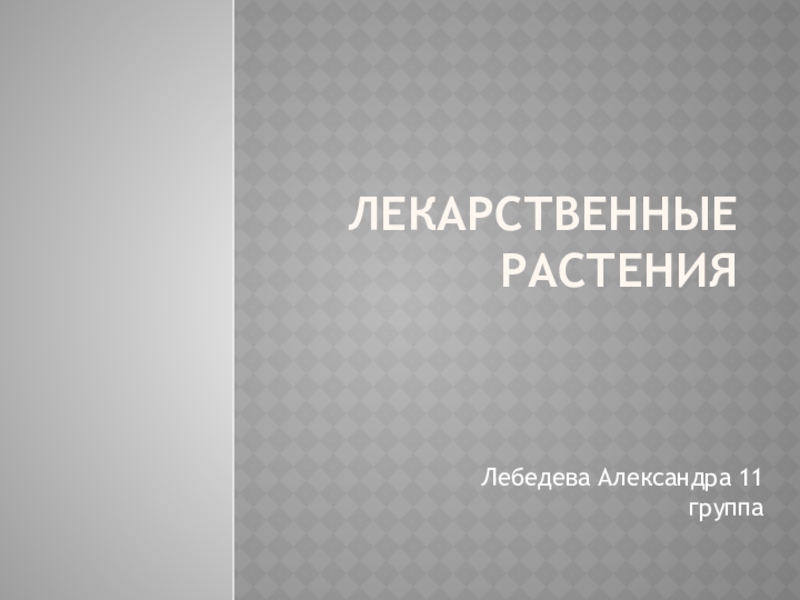
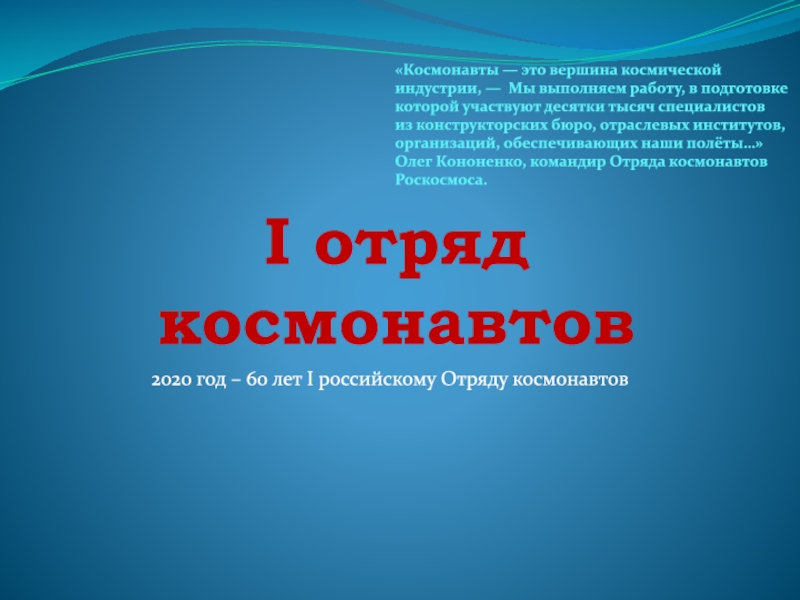

![Конструкт логопедического занятия для подгруппы учащихся, 1 класс, дислалия Автоматизация звуков [ Р] и [ Р’] в предложениях.](/img/thumbs/58956d279665da255fd1c71fe5b7690d-800x.jpg)
